Glycerin in Toothpaste

Aren’t you glad that thanks to modern technologies, an answer to practically any question is just at your fingertips any time of the day? No need to go to brick-and-mortar libraries, look through catalogues, and stand in line to check out your books – isn’t it great?! Yes, on the one hand, modern technology does make it painless and convenient. On the other hand, however, it’s easy to get lost in the ocean of information circulating on the Internet and social media. With the growing popularity of content creation, how do you know what is real and what is just someone’s imagination, what is the truth and what is just a myth?
In my decade-long experience as a researcher, I have come across more than one myth, believe me. Actually, I have expressed my opinion on some of them, such as the myths about dimethicone in makeup and sodium benzoate and citric acid. Today, you’ll learn my opinion on another popular Internet myth concerning the harms of glycerin in toothpaste. I believe the only way to distinguish between the truth and a lie is to do your own research using credible sources of information, including scientific literature. So, this is what I have discovered about glycerin in toothpaste as a result of my tenacious research into this subject.
Is Glycerin in Toothpaste Bad For You?
To begin, I want to emphasize the importance of proving any statement concerning health and safety with evidence from credible sources of information. In other words, if your argument in favor of your opinion is one of the following, it won’t do:
- “I read it on the Internet.”
- “XX blogger says so.”
- “Everyone knows that!”
Nowadays, anyone can say virtually anything on the Internet, and just the fact that this content is on the Internet does not make it true. Give me references to scientific studies, medical literature, chemical databases, and proven facts – and we’ll talk!
Specifically, regarding glycerin in toothpaste, there is the following myth: “Glycerin coats teeth and, consequently, prevents their remineralization.”
To get to the bottom of the “glycerin coating” myth and its potential effect on your oral health, let’s begin with the basics.

What Is Glycerin?
Consider the following facts about glycerin:
| CAS Number | 56-81-5 |
| Other Names | – glycerine – glycerol – 1,2,3-propanetriol |
| Function | – humectant – solvent – mild preservative (source) |
| Ways Of Production | – synthetic – natural (through hydrolysis of fats and vegetable oils as a by-product of saponification process or biodiesel fuel produced from the Jatropha species of plant) (source) |
| Properties | – pale yellow or colorless, odorless, syrupy liquid – has a warm, sweet taste – hygroscopic, with neutral solutions – miscible with water and alcohol – insoluble in chloroform, ether, and volatile oils (source) – water-soluble (source and source) |
| The Food And Drug Administration’s (FDA) Opinion | – generally recognized as safe (GRAS) when used in accordance with good manufacturing practice (source) |
What Does Glycerin Do In Toothpaste
Due to its great benefits and versatility, glycerin is used in many products, including skincare products. As stated in the table above, it functions as a humectant, retaining and preserving moisture in a product (source).
Thus, in skincare products, glycerin helps draw moisture to your top layer of the skin to keep your skin hydrated. Some other well-known humectants include hyaluronic acid, panthenol, and lactic acid. They should work well for dry skin or even cracked skin (depending on the cause). (If you have a dry skin type, you will benefit from my post The Best Tips For Skin Care Routine For Dry Skin.)
As for toothpaste, glycerin prevents your toothpaste – and your mouth, for that matter – from drying out.
Mark Burhenne, D.D.S., who also debunks the “glycerin coating” myth and has his version of how the myth started goes even further, saying this:
Glycerin is also a key ingredient in artificial saliva, which is a lifesaver for individuals suffering from dry mouth due to aging or cancer treatments like chemotherapy and radiation therapy.
(source)
Indeed, I’ve looked at several artificial saliva products, and they all contained glycerin.
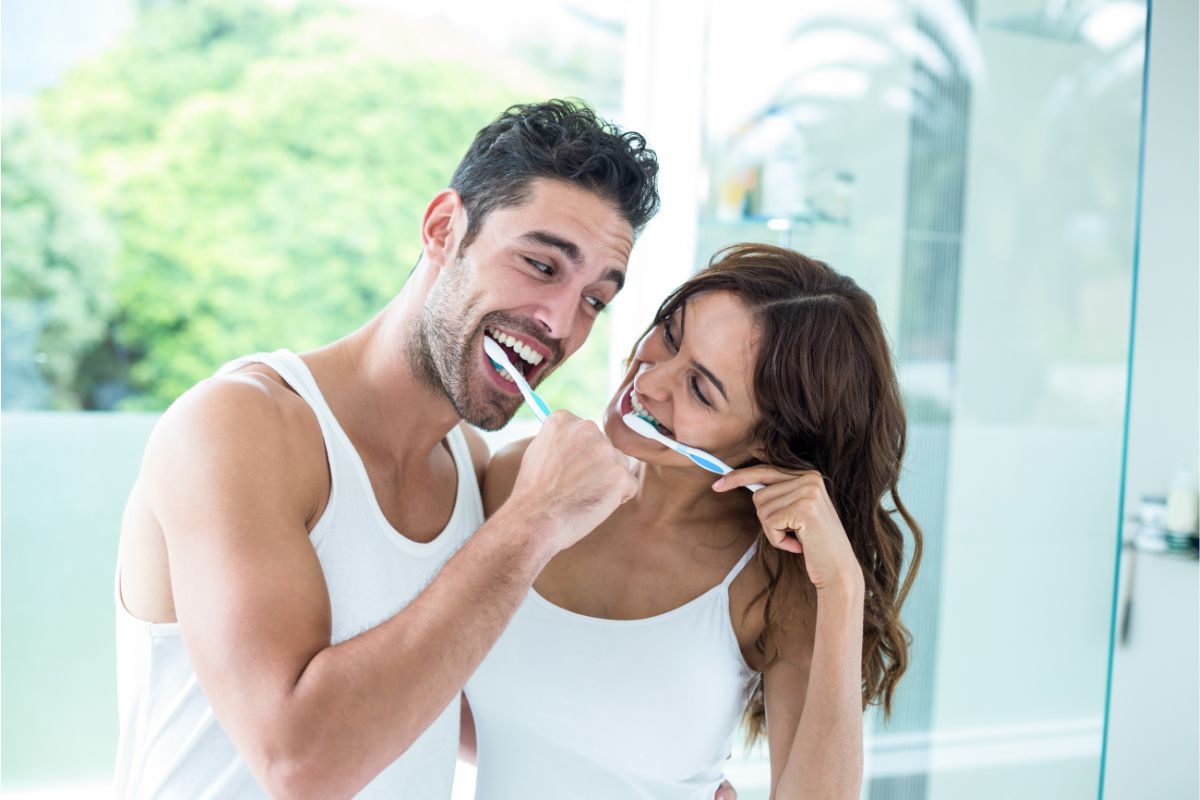
Benefits Of Glycerin In Toothpaste
There are several benefits of glycerin in toothpaste. Thus, glycerin:
- prevents your toothpaste from drying out.
- helps your toothpaste stay on your toothbrush.
- helps your toothpaste adhere to your teeth.
- improves the taste of your toothpaste.
- allows for less preservatives in your toothpaste.
Prevents The Toothpaste From Drying Out
Because glycerin acts as a humectant, it helps retain moisture in the toothpaste. It means that the toothpaste should not dry out after you open your toothpaste tube.
Helps The Toothpaste Stay On The Toothbrush
Again, because glycerin is a humectant, it helps create creamy texture of the toothpaste so it can stay put on your toothbrush.
Helps The Toothpaste Adhere To Your Teeth
Glycerin also helps the toothpaste adhere to your teeth and gums while you are brushing your teeth. This allows the active ingredients, e.g., hydroxyapatite, to work effectively on your teeth and help prevent tooth decay or gum disease. In addition, glycerin in toothpaste provides a lubricating effect that can make brushing more comfortable and prevent excessive friction, which could potentially harm your enamel.
Improves The Taste Of Toothpaste
As follows from the table above, one of the properties of glycerin is a slight sweet taste. This helps improve the flavor of your toothpaste, making it more pleasant to use.
Allows For The Use of Less Preservatives
Because glycerin is used as a food preservative, toothpastes with glycerin need less preservatives. Moreover, depending on other ingredients used, the toothpaste might not need chemical preservatives at all.
Why Is “Glycerin Coating” A Myth?
To start with, in the table in the “What Is Glycerin?” section, you can see that one of its properties is water solubility. It means that rinsing after brushing should take care of glycerin residue on your teeth. Just keep in mind that it is most soluble in cold water and least soluble in hot water (source).
But even if it did coat your teeth for a short time (by not dissolving fast enough), it would be beneficial for your teeth. In fact, this temporary adhesion would allow the active ingredients in your toothpaste, such as fluoride or hydroxyapatite, to work effectively on the surface of your teeth.
In a conventional dentist office, they coat your teeth with fluoride and some type of glue to help it stay on your teeth for a few hours to re-mineralize them. This should help prevent tooth decay and gum disease as well as improve your oral health overall.
By the same token, in some holistic dentist offices, instead of fluoride treatments, they recommend natural toothpaste with hydroxyapatite for remineralization. They’d tell you to brush for at least 2 minutes and just spit out without rinsing. This helps hydroxyapatite stay on your teeth longer, which increases the benefits of remineralization for your oral health.
For me, the water-soluble property of glycerin is enough to debunk the myth that “glycerin coats teeth and, consequently, prevents their remineralization.”
But if you would like a deeper dive into scientific evidence, read on! In the next section, I will provide a breakdown of a scientific study that some bloggers cite to prove their belief in the harmful effect of glycerin in toothpaste on teeth. Spoiler alert: this study does not prove that!

Study On Glycerin In Bleaching Products
First off, the study is called “The effect of 10% carbamide peroxide, carbopol and/or glycerin on enamel and dentin microhardness.” Let’s look at it closely: the objective, the method, the conclusion, and the interpretation.
Objective
To begin, the objective of the study was to evaluate the effects of bleaching agents on enamel and dentin microhardness. The products with bleaching agents used in the experiment contained 10% carbamide peroxide as well as other ingredients. Because the scientists did not know the effects of isolated ingredients in the bleaching products, they tested them separately. The study evaluated 8 treatment agents on enamel and dentin microhardness:
- 10% carbamide peroxide (Opalescence 10% Ultradent)
- 10% carbamide peroxide
- carbopol
- glycerin
- 10% carbamide peroxide + carbopol
- 10% carbamide peroxide + glycerin
- carbopol + glycerin, and
- 10% carbamide peroxide + carbopol + glycerin.
Method
The bleaching agents were applied onto the surface of the following 4 types of human dental fragments:
- sound enamel (SE)
- demineralized enamel (DE)
- sound dentin (SD), and
- demineralized dentin (DD) fragments.
The application procedure was as follows:
- 8 hours a day for 42 days (after 8 hours, they were washed from the dental fragment surfaces with 5 back-and-forth movements).
- After 5 back-and-forth movements, they were washed with a soft bristle toothbrush under distilled and deionized running water.
- The fragments were kept in individual vials in artificial saliva 16 hours per day.
- After the 42-day period, the specimens were kept individually in artificial saliva for 14 days. This step was taken to evaluate the possible remineralizing effects of the artificial saliva on the microhardness of sound and demineralized dental fragments.
Conclusion
As a result of the experiment, there was a decrease in microhardness values during treatment with all agents in the following fragments:
- sound enamel (SE)
- sound dentin (SD), and
- demineralized dentin (DD) fragments.
Next, it was noted that opalescence 10%, carbamide peroxide, carbopol, glycerin, and their associations may change the microhardness of sound and demineralized dental tissues, even in the presence of artificial saliva.
Further, none of the agents were inert for dental microhardness, although glycerin seemed to affect enamel and dentin to a lesser degree.
The bottom-line conclusion was as follows:
These results may be an advice warning to manufacturers to re-formulate the composition of some bleaching products or provide a better agent that does not cause enamel or dentin demineralization. The damage to sound and demineralized enamel and dentin in this experiment does not, however, necessarily imply demineralization in vivo, but should be kept in mind in further research.
(source)
To clarify, in vivo means tests done on people and their own existing teeth.
Interpretation
Remember how long the experiment lasted? 42 days! Plus, there were 8-hour and 16-hour contacts with the treatment agents at one time. We don’t brush our teeth for that long!
Besides, the scientists were testing bleaching products, not toothpastes. And they never concluded that glycerin must be removed from bleaching products. Instead, they concluded that their observations might not hold when they test on people. And most importantly, this study has nothing to do with the use of glycerin in toothpaste.
Summary About Glycerin In Toothpaste
Based On My Research, Glycerin In Toothpaste Aids In The Application And Effectiveness Of Toothpaste But Doesn’t Create A Lasting Coating On Teeth.
In conclusion, glycerin is a common and beneficial ingredient in toothpaste that contributes to its texture, effectiveness, and user experience. Glycerin in toothpaste does not coat teeth in the same way that substances like plaque or tartar do. Instead, it helps toothpaste maintain its texture and adhere to teeth during brushing. This temporary adhesion is beneficial because it allows the toothpaste’s active ingredients, such as fluoride and hydroxyapatite, to work effectively by making contact with the tooth surfaces.
Further, glycerin itself doesn’t form a long-lasting or harmful coating on teeth. After you finish brushing your teeth and rinse your mouth, any residual glycerin is typically washed away, leaving your teeth clean and without any coating.
Before deciding whether to believe in the “glycerin coating” effect on teeth, I encourage you to do your own research. Study the sources I’ve referenced and make an informed choice. Based on my experience, it’s not easy to find glycerin-free toothpaste that works well. Believe me I know what I’m talking about because, due to my line of work, I’ve looked at the ingredients of tons of toothpastes.
Personally, I use Risewell toothpaste with hydroxyapatite. And my son uses Risewell hydroxyapatite toothpaste for kids. For full disclosure, my husband is still into Crest toothpaste (whose ingredients, by the way, have some improvements as compared to what they used to be). Well, we all have our own journey to health, and it’s better to take baby steps than no steps at all.
Browse the I Read Labels For You blog for its recent blog posts and the IRLFY shop for non-toxic options for body and household products. Also, take advantage of our services and check out our e-books.
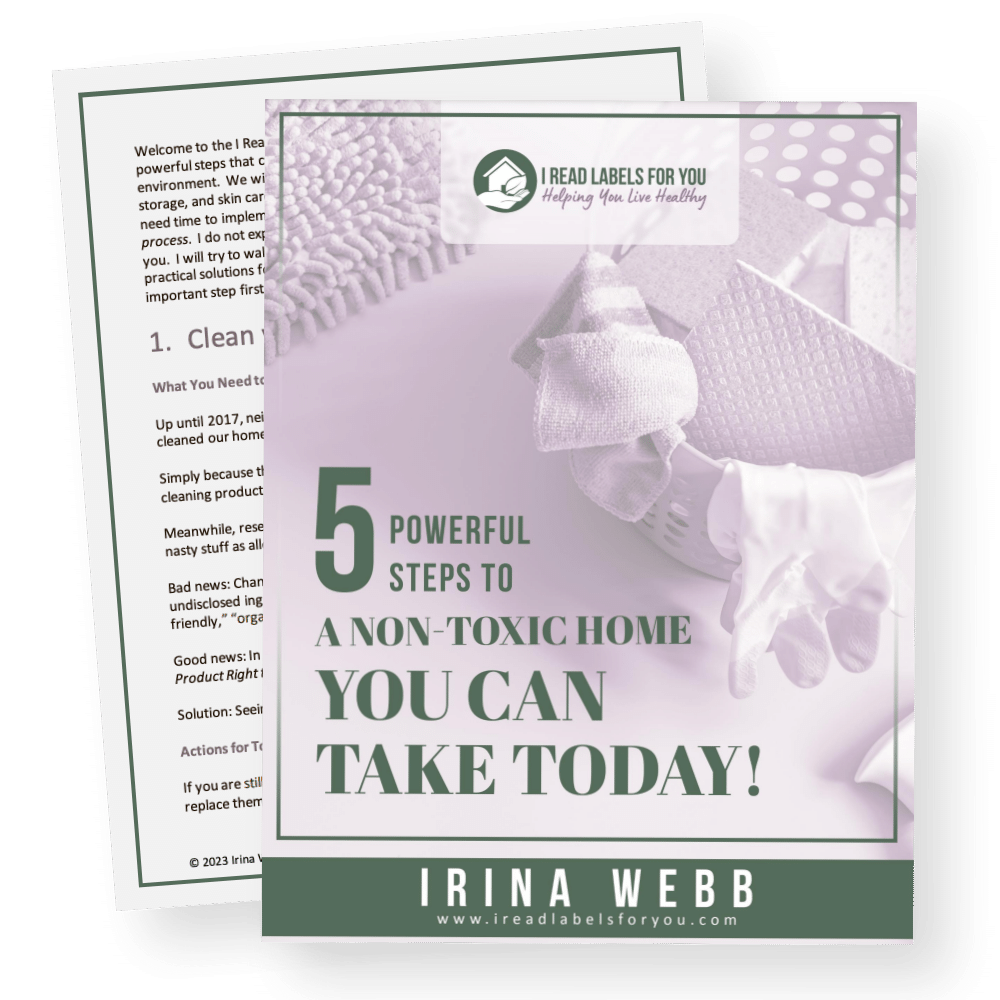
Download The Free Guide!
5 Powerful Steps To A Non-Toxic Home
Join our informed consumer community and get our free guide the “5 Powerful Steps To A Non-Toxic Home”.

 Written by
Written by 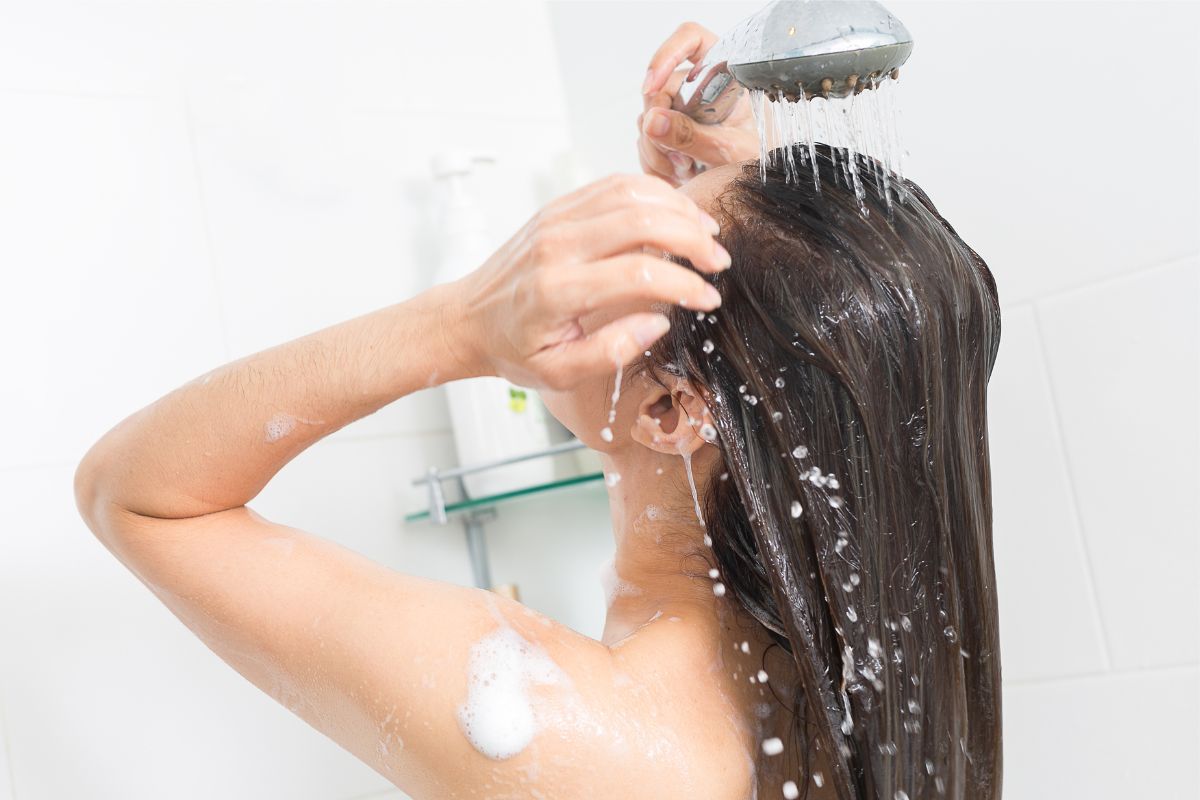
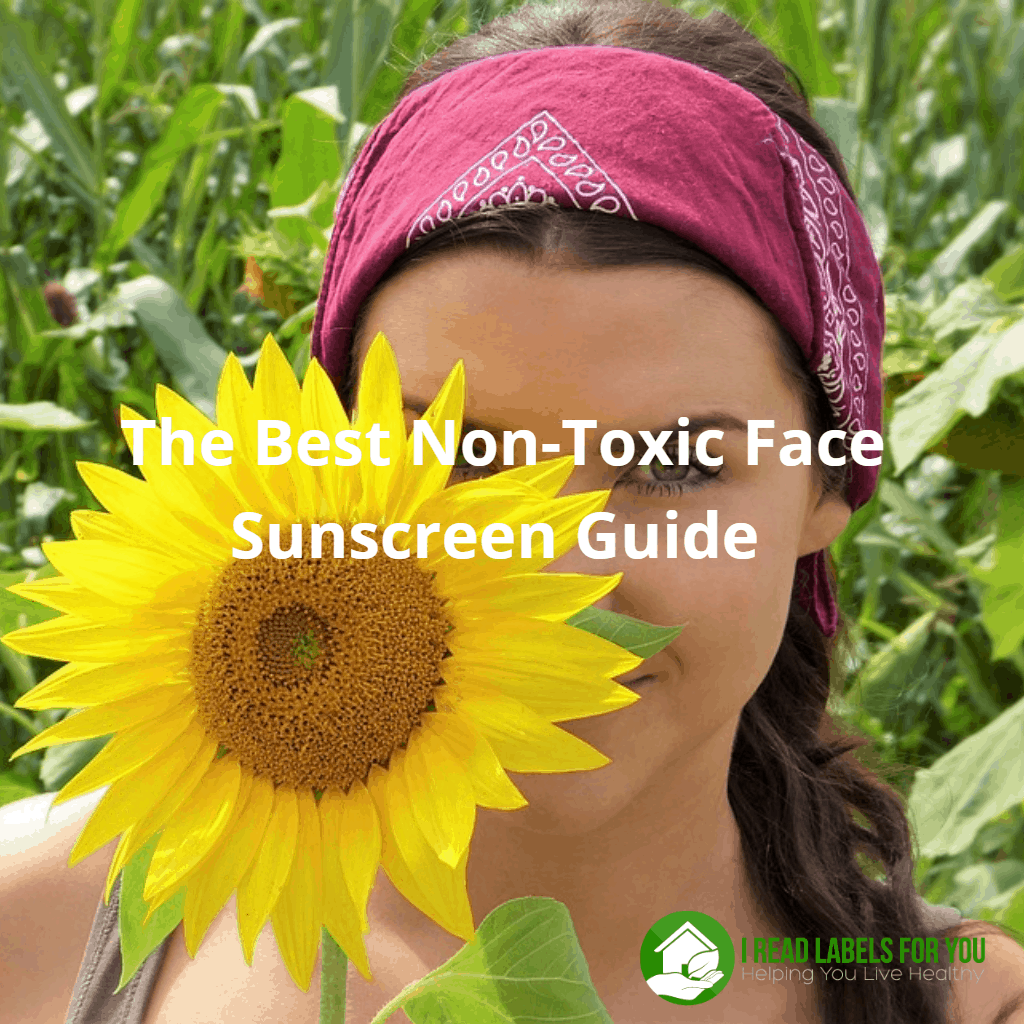
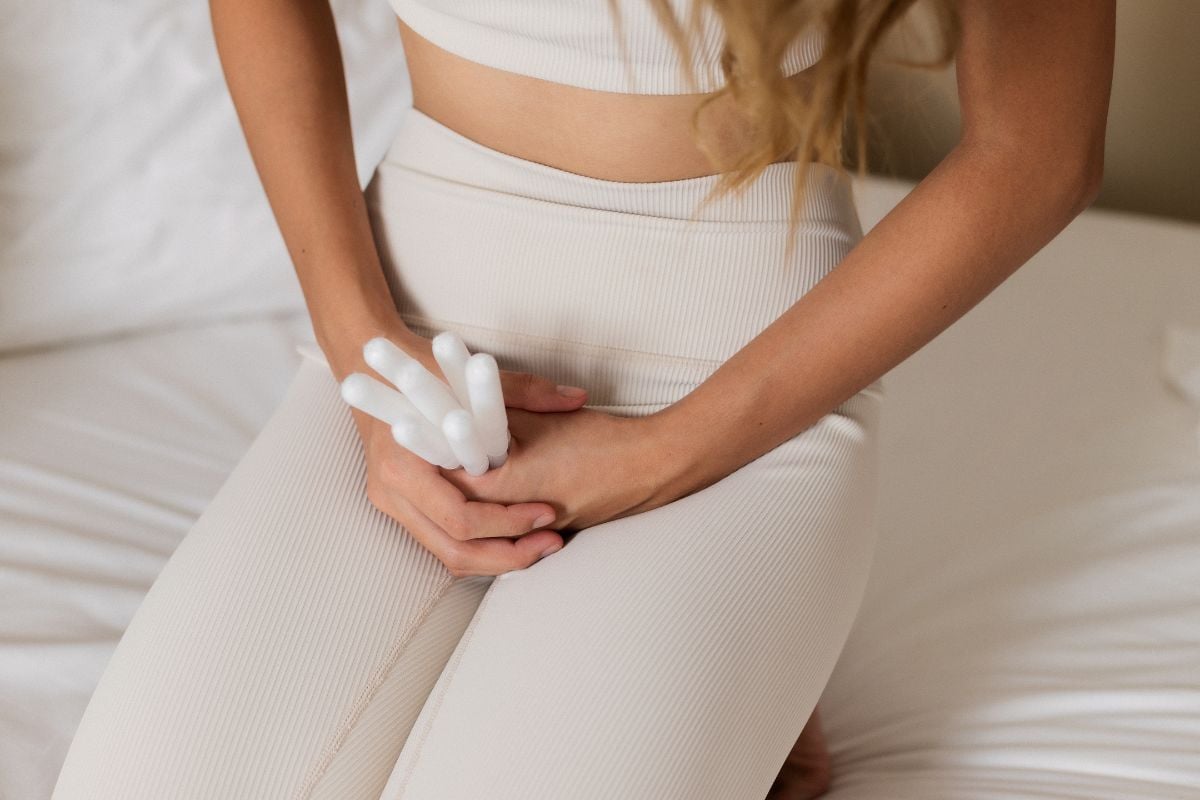
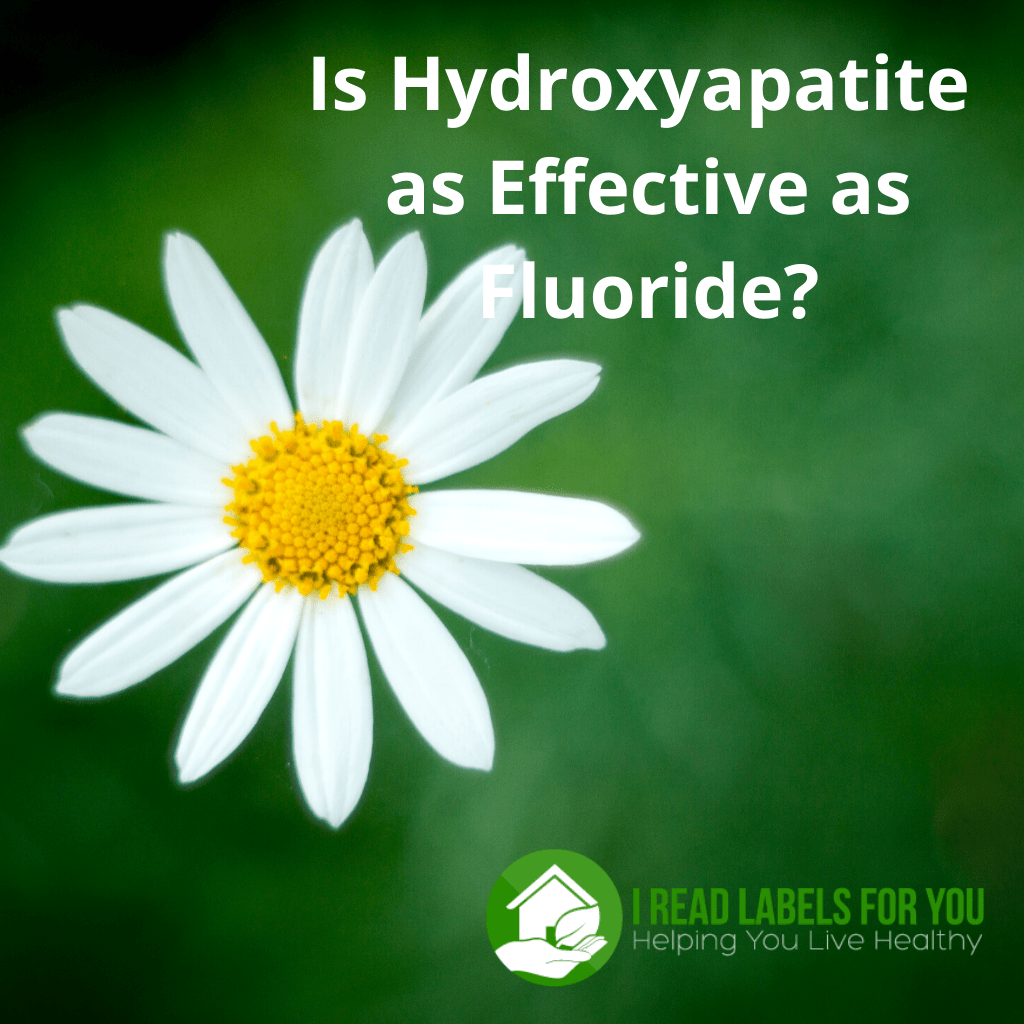
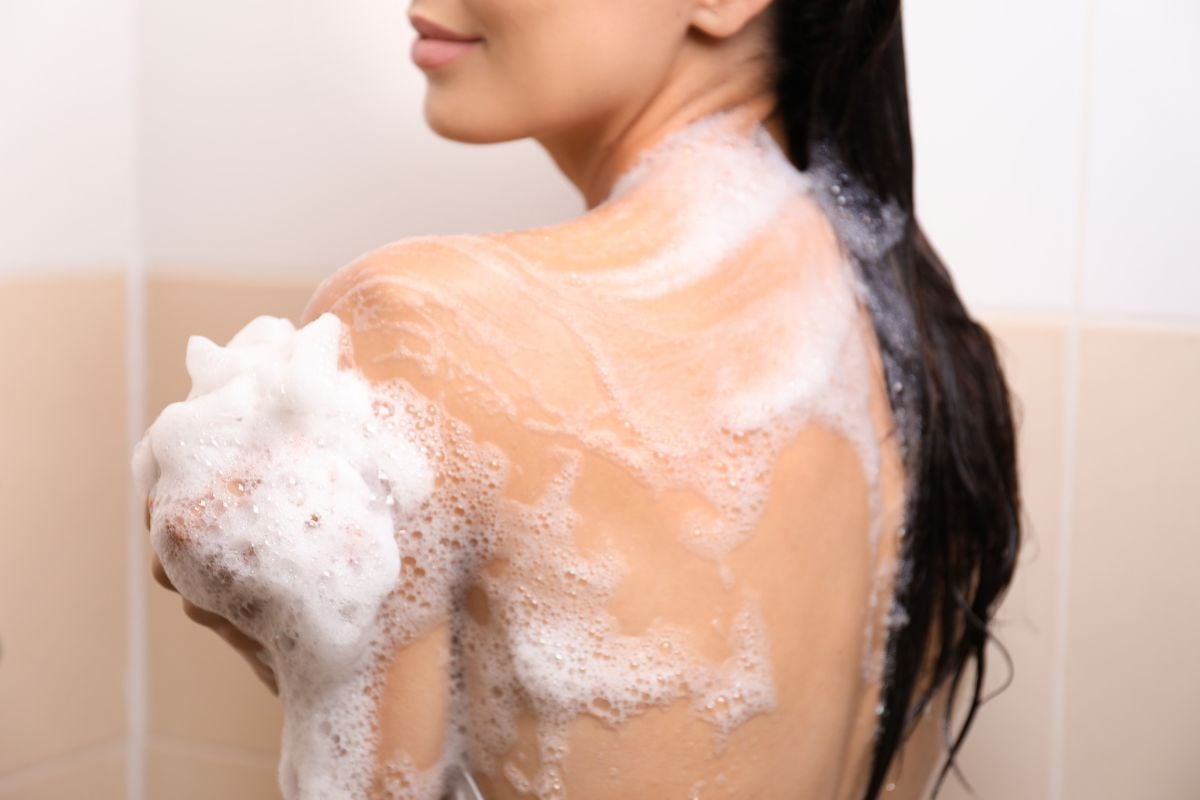
Before commenting, please read our Comment Policy.